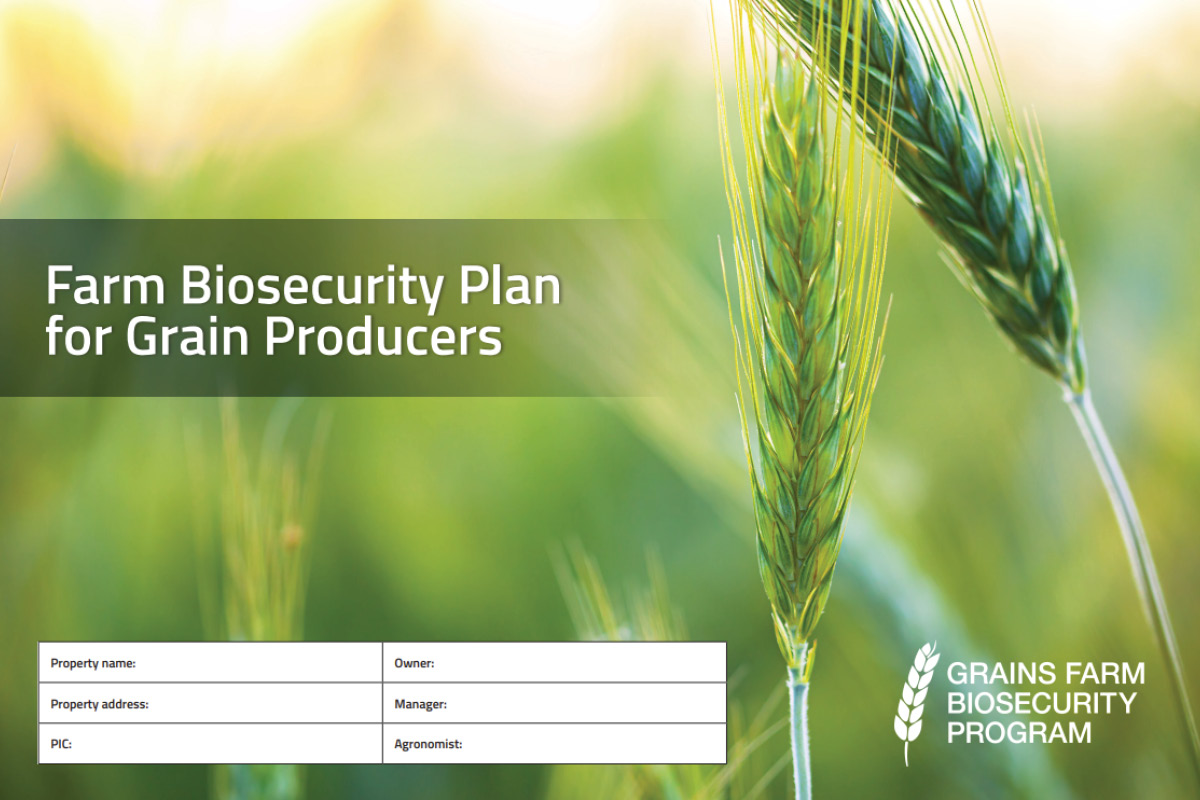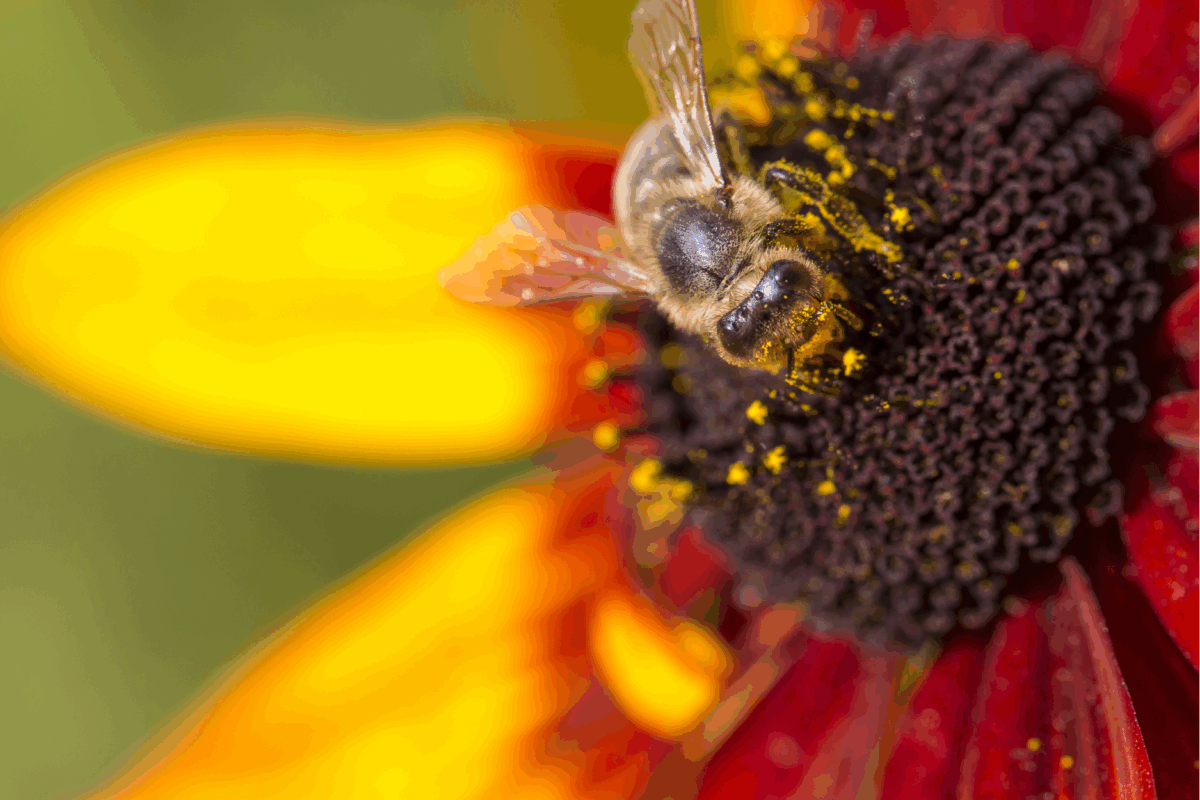Biosecurity plan for mixed producers key amid FMD threat
The impending threat of Foot and Mouth Disease (FMD) after it was recently detected in Indonesia, could devastate Australia’s agriculture industry, with the economic impact estimated at $80 billion over 10 years.
FMD is considered one of Australia’s greatest biosecurity risks and an incursion would have significant consequences for animal health and trade.
The FMD virus is carried by live animals and in meat and dairy products as well as soil, bones, untreated hides, vehicles and equipment. The virus can also be carried on clothing and footwear.
The rapid spread of FMD in Indonesia has led to the implementation, heightened alert and screening activities in Australia, and an increased need to update farm biosecurity plans.
Although FMD does not directly impact growers, it can potentially stop Australian exports of animals, hay and prevent the movement of livestock and agricultural products from farms.
According to ABARES’ Financial performance of cropping farms 2019–20 to 2021–22 report, 8,900 out of 16,000 plant industry farms in Australia, are mixed operations.
“All agricultural industries are connected and a disruption by an emergency animal disease such as FMD is likely to be felt by growers and mixed farming operations (those with plant and livestock operations),” said Sarah Corcoran, CEO of Plant Health Australia (PHA).
Ms Corcoran said it is important for growers and mixed farming operations to prepare to minimise the impact and maintain business continuity in the event of an emergency animal disease outbreak.
“It is key to have an updated farm biosecurity plan,” she said.
A farm biosecurity plan demonstrates how plant operations are segregated from animal production.
“Decontamination procedures, wash down points, records of visitors to the property, and a record of materials and farming machinery that have been brought on to the property, are some of the information to be included in a biosecurity plan,” said Stuart Kearns, National Manager Preparedness, RD&E.
How to minimise risk and exposure
PHA has developed a framework and a quick guide to help plant industries and mixed operations to prepare for animal and plant pest and disease outbreaks and identify business opportunities that could arise.
The framework is based on the AFITE (Assess, Find, Identify, Thresholds, Enact) model.
“The framework is based on the same effective approach taken for fall armyworm, Russian wheat aphid, and serpentine leaf miner in recent outbreaks,” he said.
Assess
The first and one of the most important steps is farm biosecurity planning. PHA has developed a Farm Biosecurity Action Planner, which has triggered industry specific planning guides including cotton, rice, melons, and grains. The biosecurity action planners are available on PHA’s website, the Farm Biosecurity website, the Grains Farm Biosecurity website, and various industry websites.
Assessment tools
- Assess biosecurity risks – use the risk assessment matrix to prioritise risks.
- Incorporate property mapping – map out where boundaries, stock yards, gates, dams, waterways, sheds, and laneways are located.
- Update contact details for workers, contractors, consultants, transporters and logistic companies to enable early communication and business continuity.
- Compile a list of credible sources of information and keep informed of new developments.
- Keep records of people, vehicles and machinery interactions with livestock to ensure business continuity during and immediately following an emergency response.
“FMD spreads most commonly through the movement of animals, but the virus can also be transmitted through material that has been in contact with infected animals,” said Mr Kearns.
The Grains Farm Biosecurity website has useful templates, including a vehicle register, a consultant checklist, and agreement.
“A biosecurity gate sign is important at entry and exit points with clear instructions to advise visitors to the farm, what they need to do before entering or exiting,” he said.
Find
The second step is to know when and how to look for signs of FMD.
Symptoms include:
- lameness and or a reluctance to move
- lack of appetite
- slobbering/drooling
- severe depression
- a large drop in milk production in dairy animals
- abortion in pigs
- sudden death in young animals
- blisters (vesicles) in the mouth, nostrils, teats or on the feet.
Tips:
- livestock handling yards should always be clean, safe and easy to use to inspect livestock
- you, your staff, contractors and others that come in contact with animals need to be aware of the symptoms and know what to do
- photo identification guides are useful.
Identify
Early identification is key in containing and eradicating the disease. FMD is a nationally notifiable disease, which means you are obligated to contact your local veterinarian, government veterinarian officer or call the Emergency Animal Disease Watch Hotline on 1800 675 888 to report any suspected symptoms.
Thresholds
Australia has a zero tolerance to FMD and one animal life lost, is one too many.
“Our best chance to contain and eradicate the disease rely on early detection and reporting. Don’t hesitate to report anything unusual. A false alarm is better than the disease spreading,” said Mr Kearns.
Enact
The final step refers to enacting your biosecurity plan with a focus on good hygiene practices and controlling the movement of livestock, people and equipment on to your property.
Tips
- Ensure your Property Identification Code (PIC) details are up to date and any recent livestock movement have been submitted to the National Livestock Identification Scheme (NLIS) database.
- Document all vehicle movements on to your property.
- Keep good record of vehicle, machinery, people and material/goods interactions with livestock.
- Put together a vehicle biosecurity kit, including a portable footbath, and use it.
- Use biosecurity gate signs. Contact your region’s Grains Biosecurity Officerto order a sign.
- Update your biosecurity planand prioritise actions.
To assist mixed producers prepare for a possible FMD incursion, PHA recently hosted a FMD webinar. Listen to the webinar here:.






